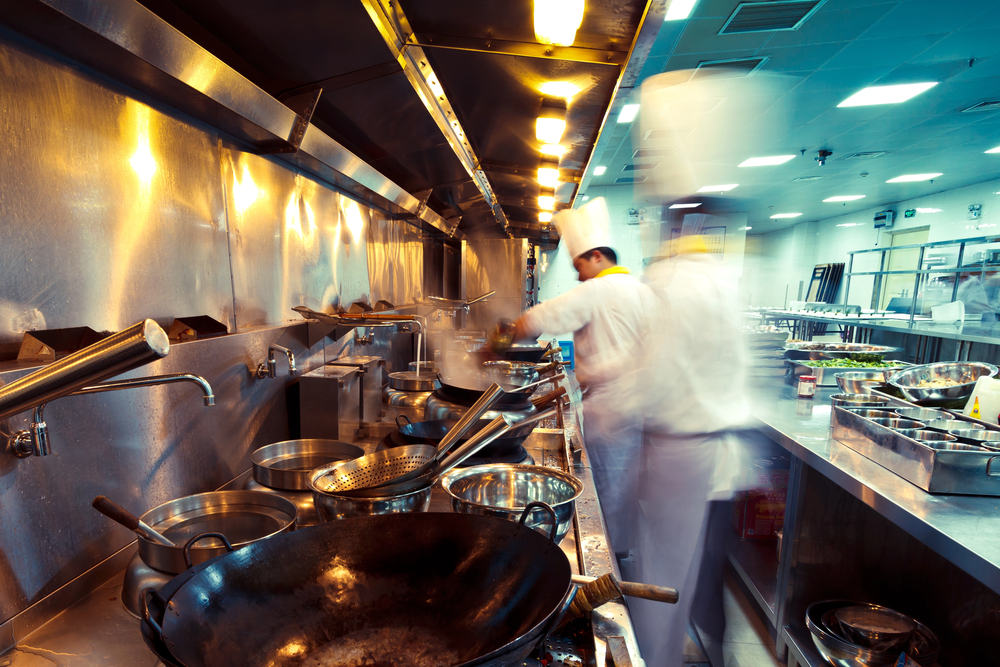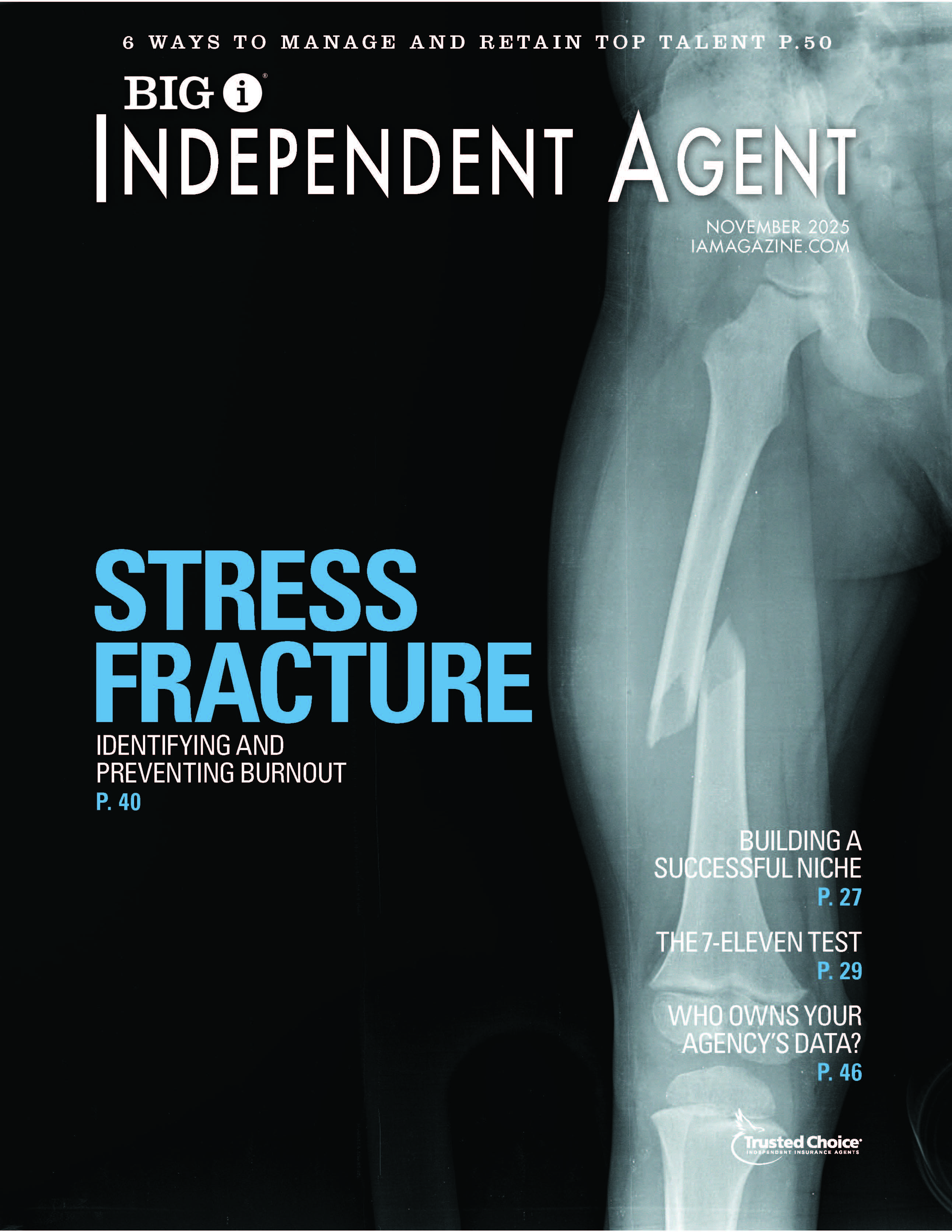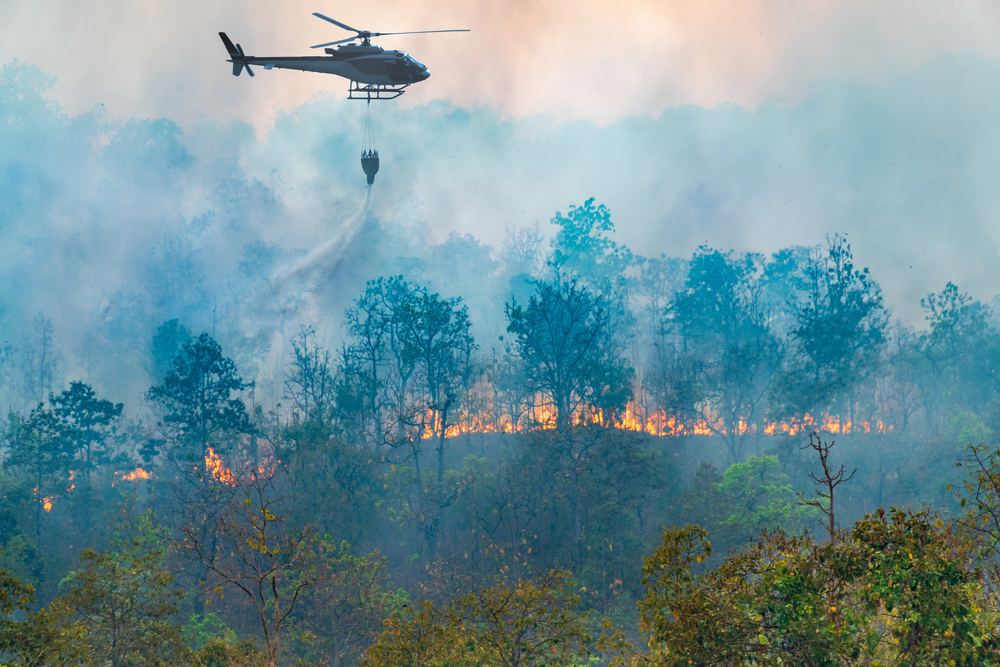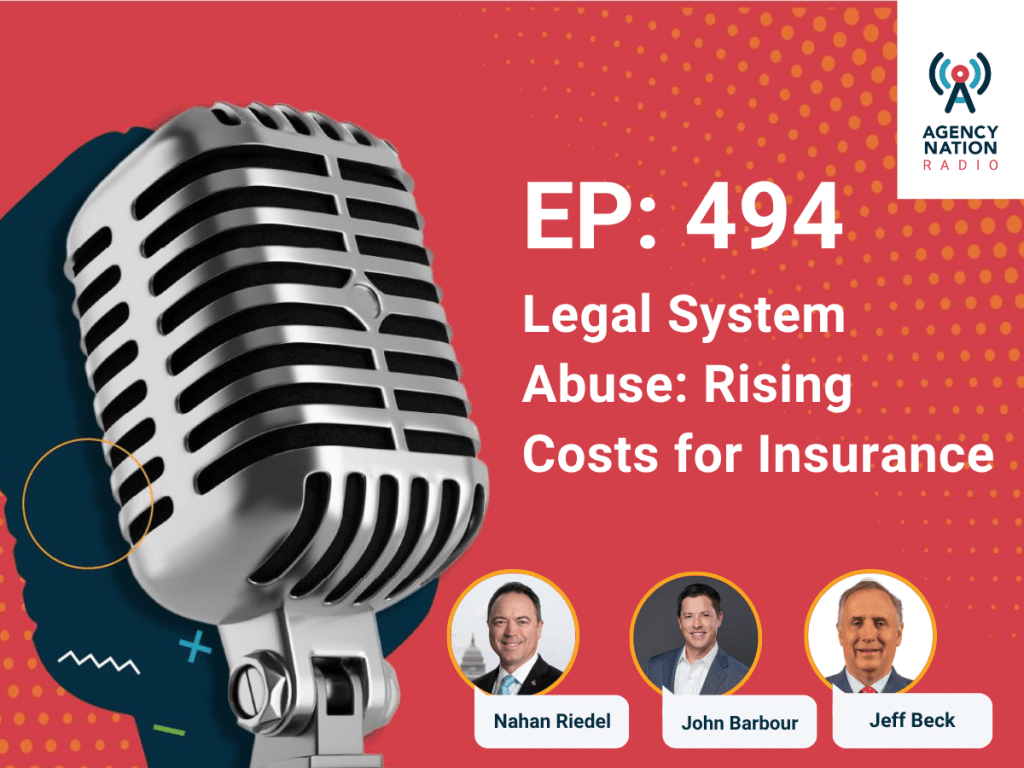Ghost Kitchens, Food Trucks and Catering: How Agents Can Help in a Transforming Industry
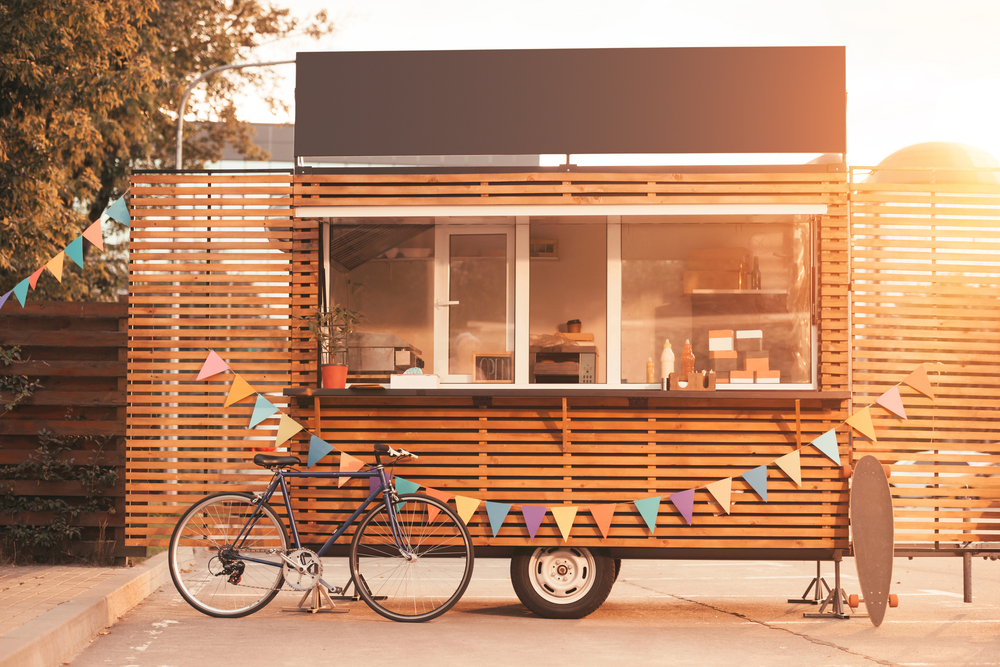
The number of ghost kitchens in the U.S. increased by over 40% between 2019 and 2022, according to Gitnux, a market trends platform, which also found that the business sector was valued at approximately $43 billion in 2020 and projected to reach $71 billion by 2027.
A ghost kitchen is a commercial kitchen space used solely for preparing food for delivery or takeout, with no dine-in service or customer-facing storefront. Starting as a small trend, ghost kitchens are continuing to revolutionize and reshape the restaurant industry. They’ve grown in popularity due to lower overhead costs and the surge in demand for food delivery.
Along with other alternative food services, such as food trucks and catering businesses, the restaurant industry has been experiencing a notable transformation.
“The coronavirus pandemic really did shift the restaurant space, leading to a lot of accelerated changes throughout the industry,” says Brennen Grone, executive vice president of sales at Rainbow. “This led to a lot more takeout and delivery, especially third-party delivery that continues and has led to the emergence of ghost kitchens.”
More on Restaurants and Bars
The trend continues to grow in popularity with celebrities such as the billionaire YouTuber MrBeast, reality TV star Pauly D, pop star Mariah Carey, hip-hop star Wiz Khalifa and celebrity chef Guy Fieri all launching virtual restaurants in the past few years.
For independent insurance agents, these “non-traditional food service businesses bring unique exposures that don’t always fit neatly into standard restaurant policies,” says Mike Brassil, vice president of small commercial at Nationwide. “Ghost kitchens often lack a physical storefront and may operate multiple brands from one location, creating concerns around business interruption, cyber exposures from online ordering platforms, and contingent business interruption related to key suppliers or service providers.”
The food truck industry also continues to grow, representing a $1.8 billion market in the U.S. in 2024, according to Toast. “For agents, food trucks are tough to place because it’s a multifaceted exposure,” Grone says. “You’re running a kitchen out of the back of a truck, so you need both an auto policy and a business owners policy, and that can be really challenging to place. We’ve seen a lot of churn and shuffle in carriers and programs that are willing to take that on.”
Further, while many non-traditional food service operators require coverages such as property, general liability and workers comp, “operators that provide food services at a customer’s location, such as catering and food truck businesses, should ensure their business property coverage extends to off-premises activities and that their auto coverage adequately contemplates the value of customized equipment and modifications made to vehicles,” says Rachel Kallmyer, industry lead, Travelers. “Additionally, contracts with customers or off-site locations may require the insured to maintain specific coverages or minimum limits.”
This developing and ever-changing market can create challenges for agents, requiring a detailed risk assessment of the risk before seeking coverage. “Agents need to take a very consultative approach to gain a firm understanding of what business clients are running, how they’re making money and what different revenue streams that business could be collecting,” Grone says.

Need small, Medium and Large Commercial Markets?
“On the new venture side, we see a lot of these great entrepreneurs come to the agent with an original application to start a new business and then they realize they have to pivot,”
Grone continues. “Yet, sometimes people don’t think about insurance covering that change.”
“Agents need to have that good relationship with the insured and to make them very aware that if there’s a big change to their business, ‘we need to talk,’” he adds.
By understanding their clients and their business, “identifying any recent or anticipated operational changes, and ensuring they have proper coverage in place to meet their unique needs, agents can solidify themselves as a trusted advisor in the eyes of their customer,” Kallmyer says. “Agents can also add value by helping their customers understand common hazards in the restaurant industry and assist with development and implementation of contingency plans, risk mitigation techniques and loss prevention strategies.”
Through working with carriers and making use of the resources they offer, agents can create a tailored and customized policy to ensure clients have the coverage they need in a changing landscape. “Agents then bring crucial local market intelligence and a deep understanding of their clients’ businesses,” Brassil adds. “When both parties work together—early and often—it leads to better risk selection, better coverage alignment and ultimately better client outcomes.”
Olivia Overman is IA content editor.

